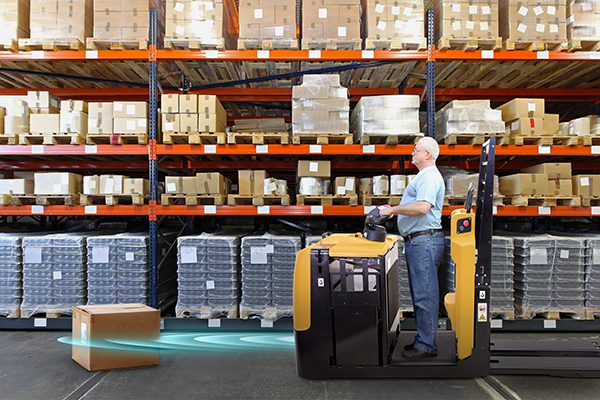IntroductionMark Zuckerberg’s AR platform, the Metaverse, has often been questioned since its creation has been announced to the public. But while the masses are unsure of the digital future, major companies have been pouring billions of dollars into the development of software and innovative technology to accompany it. In particular, Chinese tech giants are chasing over 8 trillion dollars in the Metaverse, which is a big signal to companies globally that this may be a good investment opportunity.
The Metaverse: what is it?
There is no agreed upon definition of what the Metaverse actually is. However, some key features are common to all attempted characterizations of the concept. These include it being persistent, available, synchronous and immersive. These features crucial to develop the possibilities to better connect the digital and physical worlds, through technologies like virtual and augmented reality, and, more generally, innovations built around the idea that people will one day be able to live, work and play in virtual worlds, using cryptocurrency to buy virtual goods and develop their virtual existence. Currently, the metaverse is still in its initial stage. A more mature stage is expected to start from 2031, during which the independent metaverses from various industries are expected to gradually share data and develop unified standards, accomplishing integration. This latter is indeed seen as a fundamental step necessary for the development of the technology. Unified data standards, payment systems and identity authentication are all critical steps in achieving such a goal. It is difficult to imagine a successful metaverse until common underlying infrastructure, smart contracts and payment systems will make the metaverse interoperable, allowing individuals to transport their avatars from one domain to another, taking their virtual identities and possessions with them. In this regard, some steps are already being made. For example, almost every big firm in Silicon Valley has joined the Metaverse Standards Forum (MSF), which commits them to open, interoperable technical standards, so that an avatar designed for use in one company’s virtual world should work without trouble in another’s (a notable exception is Apple, which has a long tradition of incompatibility with other firms’ products). The real opportunities are expected to come from enterprise and industrial metaverses, where technological innovation will give the scope to address pressing global challenges, from climate change and the energy transition to productivity and growth. Innovations, although in their infancy, are already starting to be implemented. The most notable examples come from the applications of “digital twins”: virtual reflections of physical objects, that allow users to replicate a system’s various processes and study them by running any number of useful simulations. These innovations are not going unnoticed. According to recent research from Accenture, even at its nascent stage of development, 71% of executives believe the metaverse will have a positive impact on their organization, and 42% believe it will be transformational. In March, Citi forecast that 5bn people might be using the metaverse by the end of this decade, transforming commerce, art, media, advertising and healthcare. Such figures justify the projections according to which the metaverse business will also be extremely lucrative. McKinsey recently released a report, Value Creation in the Metaverse, stating that in eight years the field could be valued at $5 trillion – around the same size as Japan’s economy.






